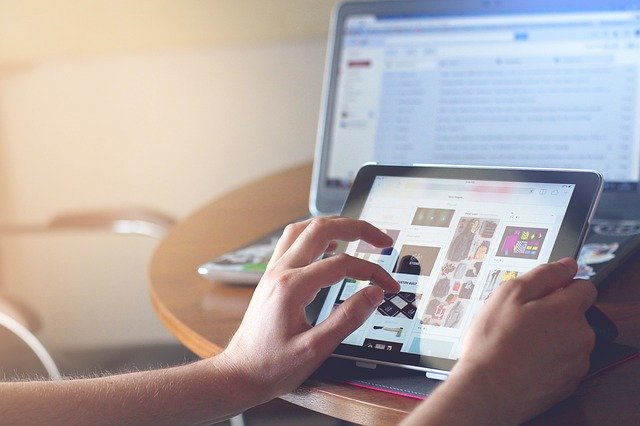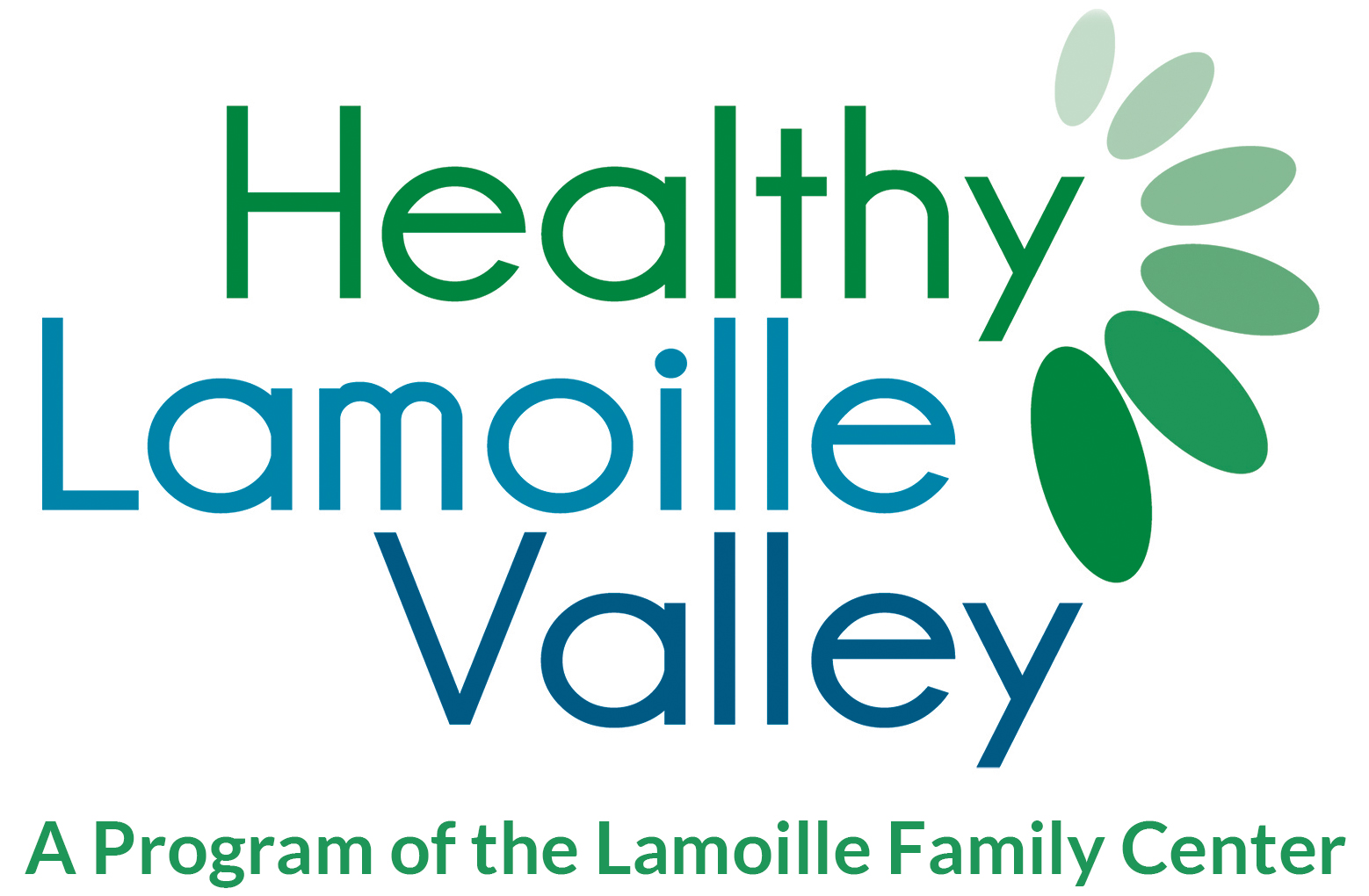
By Alison Link, Healthy Lamoille Valley Policy and Community Outreach Coordinator
It was only Day 2 of social isolation and my concussion symptoms returned with a vengeance. I had just recently returned to work at full capacity after a year-long recovery from hitting my head when slipping on ice in my driveway (the perils of Vermont living). I was almost completely back to no symptoms. Then like so many of us, when COVID-19 hit, I joined the world in extra screen time. Zoom meetings for work, FaceTime and texting for connecting with friends and family, keeping up with the news, Facebook, a touch of entertainment, and supporting our children with their on-line learning. Two extra screens were added into the mix at our home from the elementary school. And thus the symptoms came raging back—headaches, migraines, nausea and vertigo. Then, almost a month into our new pandemic, I hit my head again working on a project with my kids and suffered another concussion and incurred even more intense symptoms.
On many levels, screens are beneficial. Connecting us in our isolation. Keeping the crippled economy going. Working out ways to help the most vulnerable. Still, no matter how helpful our screens are at this time, the patterns we are creating are not sustainable—not for me, not for my family, and dare I say, not for anyone else, either.
Case in point: Our own family. Our 2 year old now says “TV, TV,” pulling my hand to turn it on. Our 7 year old wants to use a screen as soon as he wakes up and also before he goes to sleep. Our 9 year old came in from our family walk and ran to his iPad to check for any messages.
As I observe my husband, children, friends, family and colleagues change their habits related to screen time, I get more concerned about the short and long term future impact. You are likely aware that there is significant evidence of the negative impact of too much screen time, particularly for youth and their developing brains. I am concerned for each of us as individuals and as a society.
Breaking a habit that is harmful to us can be extremely difficult. Those of us who have tried and/or succeeded in changing behaviors know that to be true. In this new pandemic reality, how can we get ahead and be intentional about how we use screens? These are the habits we are in the midst of creating right now. They are likely to stay with us when we move through this pandemic.
If you are up for a virtual spring cleaning, ask yourself these questions that I asked myself during my first concussion recovery and I have returned to:
-
What do I absolutely need to do on a screen? What can I give up?
-
Can I find another way to get something done? What can I print out or listen to instead of looking at a screen?
-
How does my screen time impact me and those around me?
-
What are my children learning by observing my behavior with screens?
-
Do I know when to stop using a screen and teach others this skill, too?
-
Perhaps most importantly, how might I spend my time off screens and/or take long breaks in between use? How can I move my body and get outside more?
I realize that not all of us have the symptoms related to too much screen-time that I experience. Still, excessive screen-time is not healthy for anyone, and the research shows that the impacts on youth are even greater. I urge us all to be, at the very least, more intentional about screen use for ourselves, our loved ones, and all those we are engaging through technology. We will all be better for it. By keeping our screen time in check, we will surely have more time for…well, the possibilities are endless. What we spend our time on expands. It’s time to start creating and maintaining habits that will help us sustain our health.
